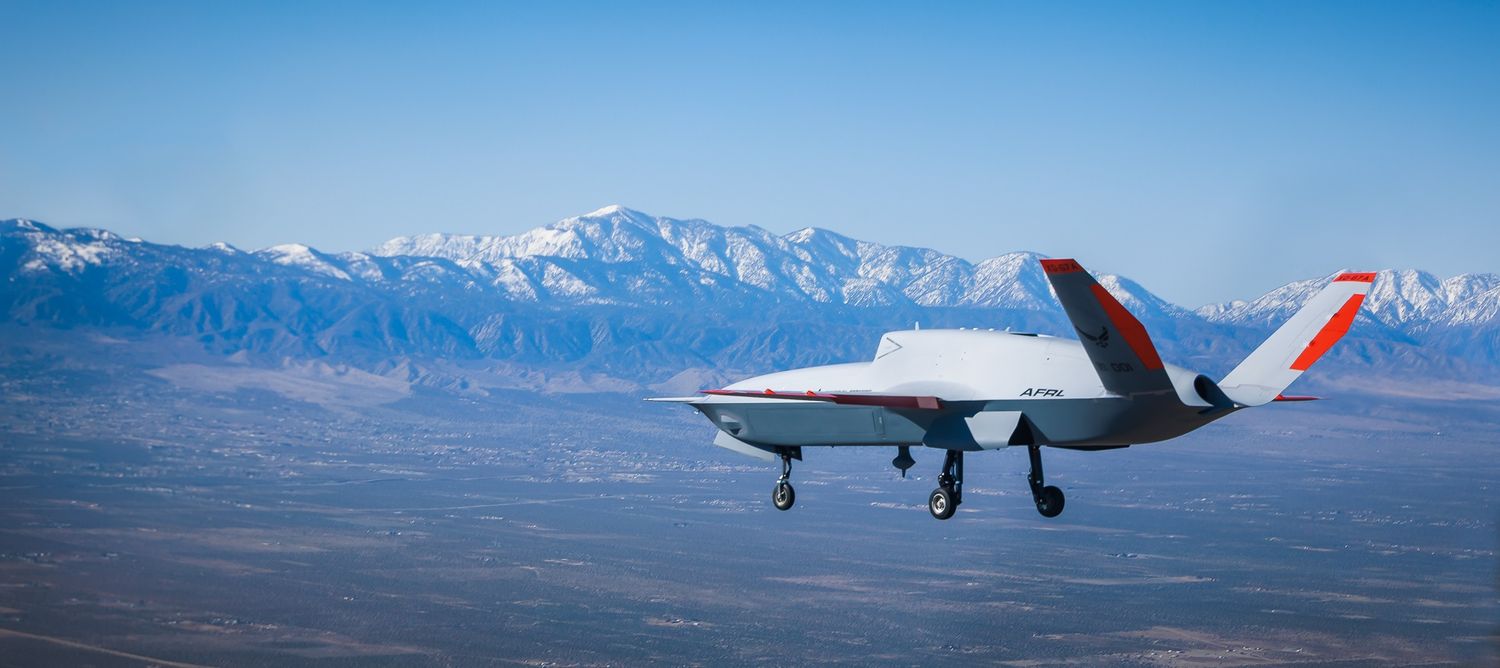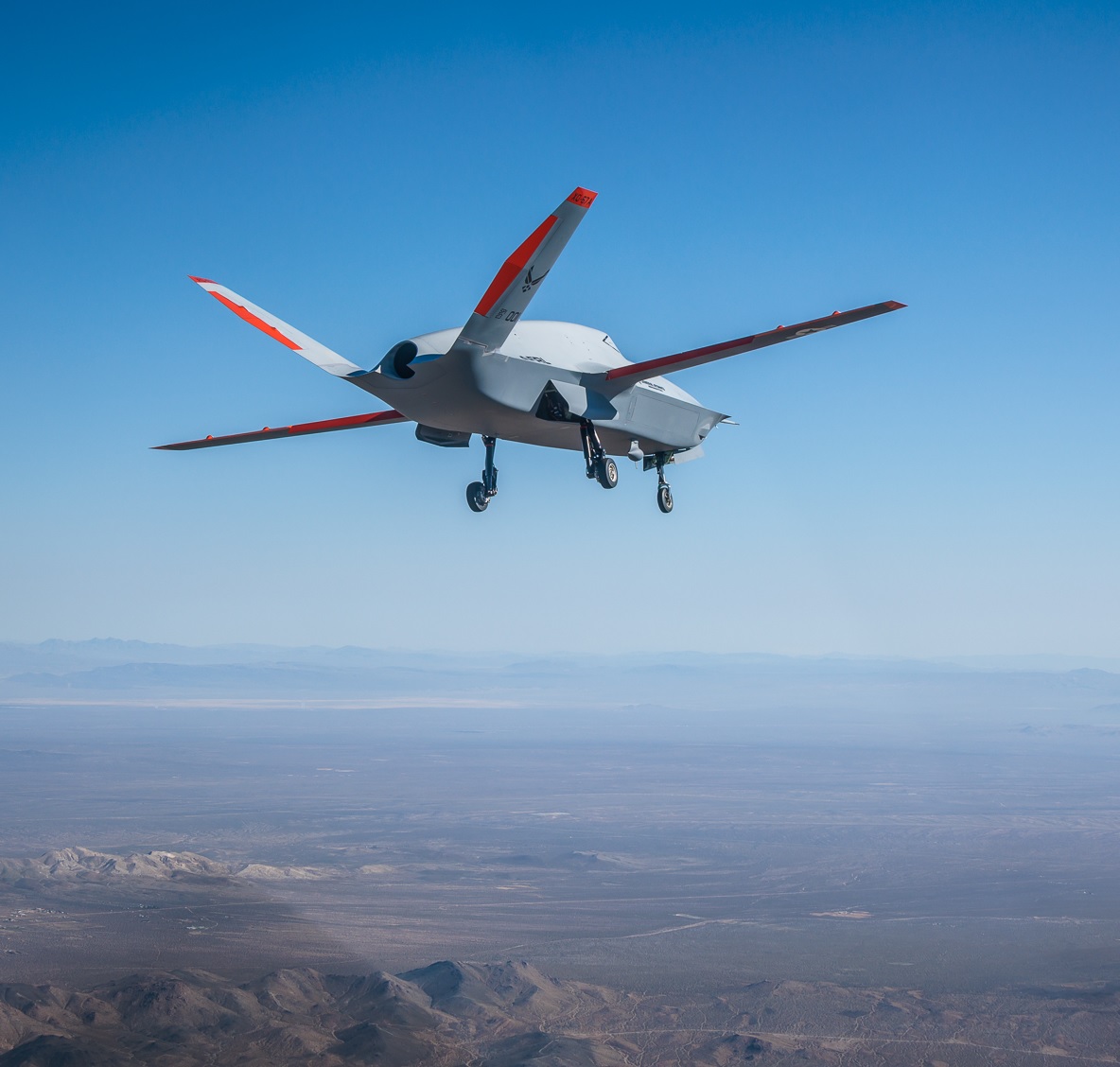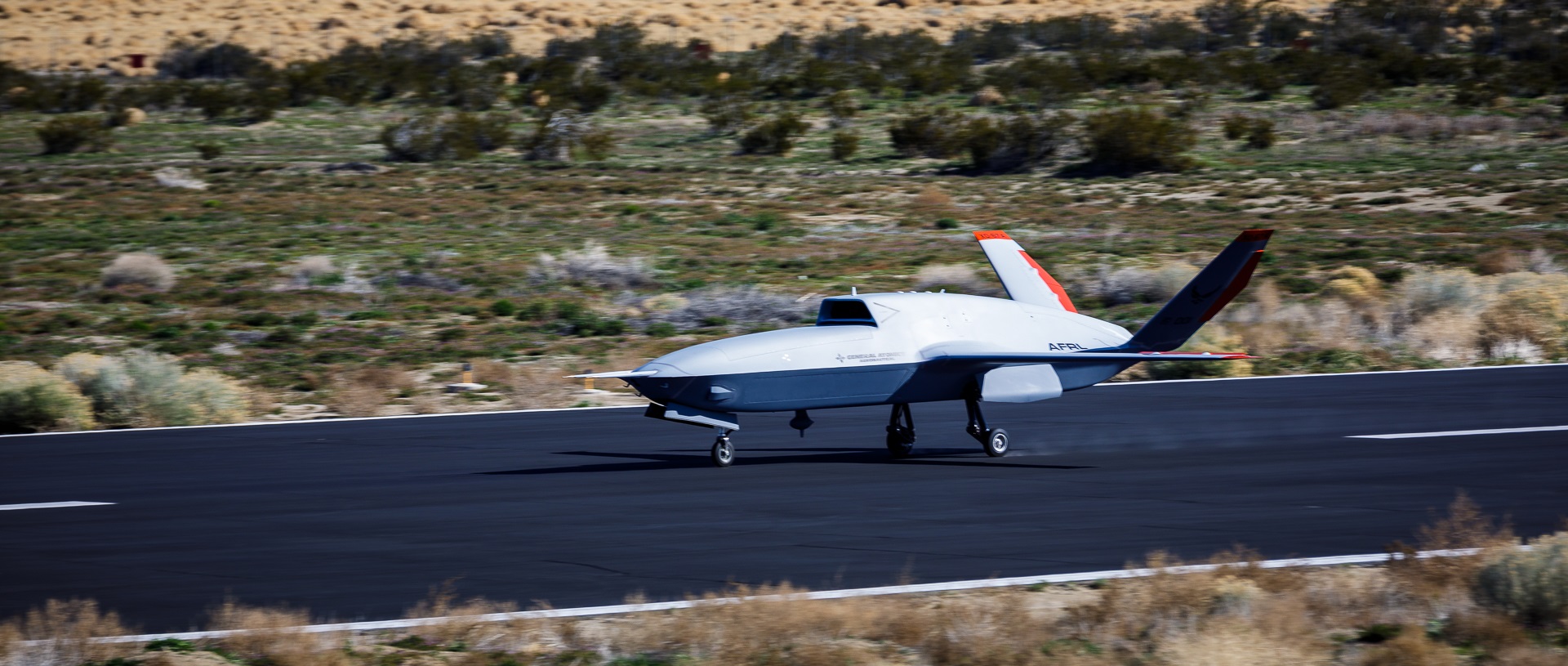First flight of the XQ-67A, representing a new design philosophy for U.S. military aircraft
General Atomics Aeronautical Systems (GA-ASI) first flew the XQ-67A Off-Board Sensing Station (OBSS) on February 28, 2024. From its modular design concept and «standardized» chassis, future U.S. manned and unmanned combat aircraft will emerge.
The OBSS is a development program conducted by the Air Force Research Laboratory (AFRL) and GA-ASI was selected in 2021 to design, build and fly the new aircraft.
The XQ-67A is the first of a second generation of autonomous collaborative platforms, or ACP. Following the success of the XQ-58A Valkyrie, the first low-cost unmanned air vehicle intended to provide a credible and affordable «mass» of combat units, the XQ-67A seeks to demonstrate and test a new approach to aircraft construction. The idea is to start with a common or «generic» structure as the basic fundamental architecture, from which to build various «species» of aircraft.
Meet the future of airpower: XQ-67A.#XQ67A is the new Off-Board Sensing Station from GA-ASI and @AFResearchLab. pic.twitter.com/kXVDQrtOvP
— GA-ASI (@GenAtomics_ASI) February 8, 2024
«This approach will help save time and money by leveraging standard substructures and subsystems, similar to how the automotive industry builds a product line», said Doug Meador, autonomous collaborative platform capability lead with AFRL’s Aerospace Systems Directorate. «From there, the genus can be built upon for other aircraft — similar to that of a vehicle frame — with the possibility of adding different aircraft kits to the frame, such as an Off-Board Sensing Station or Off-Board Weapon Station, [or OBWS]..»
With the flight of the AFRL-funded XQ-67A, GA-ASI is validating the «gen/species» concept first developed with AFRL as part of the Low-Cost Attritable Aircraft Platform Sharing (LCAAPS) program, focused on building several aircraft variants from a common, fast-build, low-cost core chassis.
The main objectives of the program are to validate an open aeronautical system concept for hardware and software and to demonstrate the speed and low cost of developing and commercializing of new platforms, in order to change the way military aircraft are currently developed and purchased.
This provides an alternative acquisition approach for military aircraft that enables faster development, lower costs and more opportunities for frequent technology refresh,” said Trenton White, OBSS Program Manager and aerospace engineer in AFRL’s Aerospace Systems Directorate.
The validation of the concept embodied in the XQ-67A also represents a message to the aerospace industry to change its development, manufacturing and maintenance methods, which are growing in time and cost year after year, reflecting the number of aircrafts that an Air Force can afford.




Para comentar, debés estar registradoPor favor, iniciá sesión